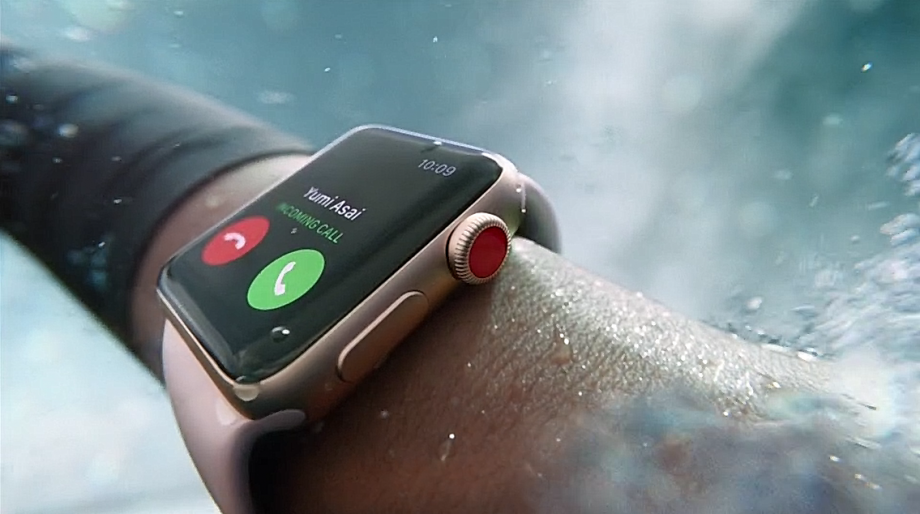Shopping is a regular activity of daily life, some people enjoy it, some hate it, but they don’t get any huge problems because of shopping. However, for a number of people, shopping is way more than a process of acquiring goods. It is an essential part of their life, which can result in the financial disaster for them and bring the range of psychological problems. I’m talking about the victims of buying addiction.
The emergence of Internet shops, markets and auctions increased the consumer’s ability to shop in more locations, for longer time periods and purchase more items with ease. But what else, besides these quite obvious reasons, makes people spend all their money in electronic shops?
One of the reasons is the delayed gratification – which means, that the shopper should wait until he gets his purchased item delivered to his house. Delayed gratification may be the most lucrative psychological principle at play. Buying the good, but waiting until finally getting it makes it much more desired. And the buyer will come back for that feeling or anticipation, tracking the package, getting a surprise in the mail—even if the whole psychological process is not always something he is consciously aware of. The same mechanisms are working when we are waiting for Birthday or Christmas gifts.
Another reason why it is so easy to become a victim of online shopping is the customer-targeted Internet advertisement, based on search history. Even if the shopper fought the initial desire to buy a hundredth pair of shoes, the advertisement will be reminding him about this online shop and these shoes for weeks. And once the person opens his laptop, feeling stressed or sad, these ads offer him an immediate solution of how to cheer himself up. The online purchase might lead to a dopamine burst when the transaction is proceeding, so the person immediately feels satisfied. However, such pleasure will be gone really quickly, inducing a desire for more purchases to get the gratification back.
Online auctions could be even more addictive. Their attractiveness comes from the excitement of bidding, strategizing, and the wish to ultimately outbid others. It becomes less about the item and more about the competition.
Below there are some typical symptoms of compulsive online shopping. I hope they are not addressing to you.
- Online shopping is one of the things that help you relax or feel better
- You often buy things that you don’t need or much more than you planned
- You often feel guilty after you go online shopping
- You hide things that you buy because you are afraid that other people will think it’s unreasonable or a waste of money
- Online shopping has hurt your financial situation
- You spent on online shopping more time than you planned, neglecting your other commitments
- You often shop online at work
References:
Alan Castel (2016), Why we like online shopping, and delayed gratification, Available from: https://www.psychologytoday.com/blog/metacognition-and-the-mind/201611/why-we-online-shopping-and-delayed-gratification
Marlynn Wei (2015), 10 signs you’re addicted to online shopping, Available from: https://www.psychologytoday.com/blog/urban-survival/201511/10-signs-you-re-addicted-online-shopping
ADC (2017), Online shopping addiction, Available from: http://www.addictionhelpcenter.com/online-shopping-addiction/
Addictions.com (2017), Symptoms of online shopping addiction, Available from: https://www.addictions.com/shopping/symptoms-online-shopping-addiction/


